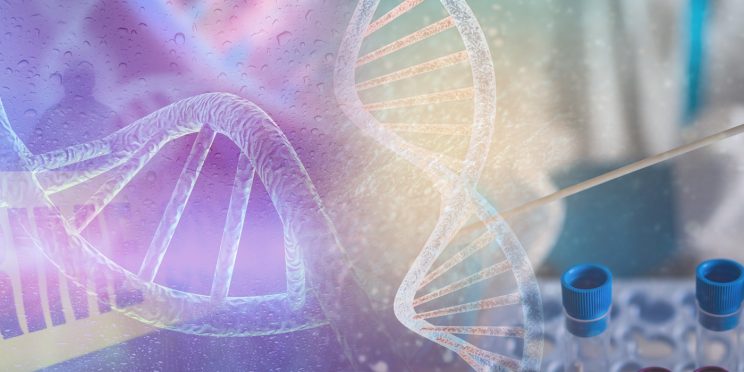National Institute of Justice and Rutgers University
Date
September 2020
Overview
DNA samples recovered from crime scenes often contain at least two contributors. Complex forensic DNA mixture interpretation can be challenging and requires computational advancements that support its use. Using forensic probabilistic tools to identify a DNA sample’s number of contributors (NOC) is crucial to accurately computing the weight of evidence for a person of interest. Traditionally, calculating the NOC for a forensic short tandem repeat (STR) DNA profile involves evaluating peaks per locus and dividing by two, ratios of alleles/allelic balance at a locus, and review to ensure all loci fit the estimated NOC. However, this method provides only an estimate about the minimum NOC that could explain the mixture rather than the probability of a certain NOC. Furthermore, there can be variation between analysts which introduces subjectivity when using this method to determine NOC. Thus, there is a need for objective, continuous, probabilistic frameworks that use all the information present in an STR profile to draw inferences for the NOC. Drs. Catherine Grgicak and Desmond Lun at Rutgers University developed and validated a probabilistic system, “NOCIt”, that determines a probability distribution on the NOC given an STR electropherogram.
"One could argue that a better approach than opting for the minimum number of contributors to a mixture might be to determine the number of contributors best supported by the data."
- Jaheida Perez, et al. | The New York City Office of Chief Medical Examiner
Funding for this Forensic Technology Center of Excellence success story was provided by the National Institute of Justice, Office of Justice Programs, U.S. Department of Justice.
The opinions, findings, and conclusions or recommendations expressed in this success story are those of the author(s) and do not necessarily reflect those of the U.S. Department of Justice.
Contact us at ForensicCOE@rti.org with any questions and subscribe to our newsletter for notifications.




